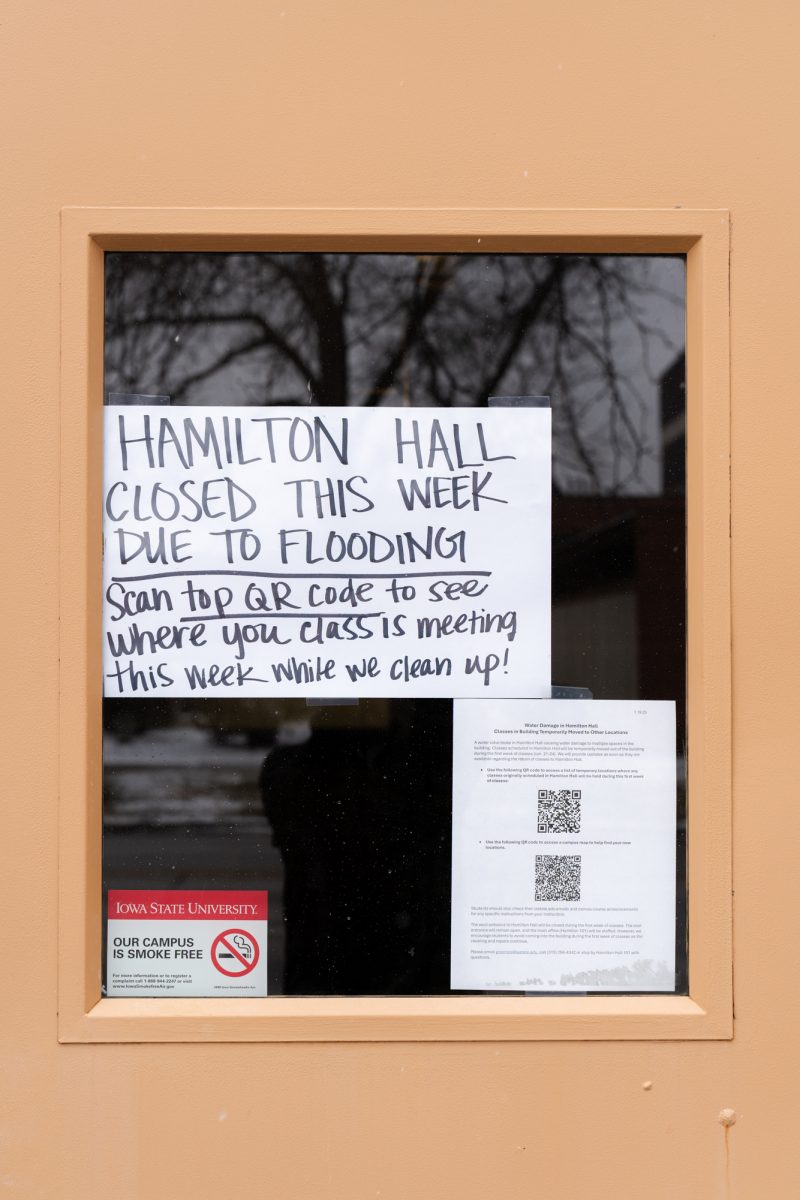Are grading curves helping or hurting ISU students?
May 3, 1998
When Iowa State students receive their grades at the end of the semester, many may wonder if the grade reflects their true abilities or if it is the product of a grading curve.
A grading curve is applied when a certain percentage of “A”s, “B”s, “C”s, “D”s and “F”s are distributed in a particular class.
How a student compares to classmates dictates the grade given.
And if the highest grade in one class is 48 percent, then 48 percent is considered an A.
But it may be unclear whether students really are learning if the highest grade in a class is lower, such as 48 percent.
Is the instructor teaching the required material, or are the tests so difficult that students cannot score a higher mark?
Grading curves have become as commonplace as bubble scoring sheets in courses at ISU.
But the real question is the validity of the curves, and instructors’ reasons for using them.
“I would feel that I had failed the student if the highest mark was 40 percent,” said Kathleen Flickinger, professor of Zoology 155, who does not use grading scales.
“I have never been told to use a grading curve, nor do I inflate or deflate my students’ grades,” Flickinger said.
According to page 44 of the ISU Bulletin, which is distributed to every enrolled student, the university currently does not set grading curves.
The only constant is the 4.0 grading scale that is used across the board.
For professors who do use a curve, percentages that they use are determined by them and not by the department or the university.
“Some professors have a different scale of what an ‘A’ is,” said Angela Barley, professor of philosophy. “In order for a student to get an ‘A’ in my Spanish 102 class, they must earn a 93 percent, and in my Philosophy 230 course, a 90 percent is an ‘A.'”
But when a teacher uses a grading curve, someone always has to fail.
“I do not believe in grading curves; there is already enough competition between students in classes,” Flickinger said.
Through the use of student evaluations of their instructors, ISU has taken a great step in assessing their teachers’ abilities as educators.
The chairman of the Faculty Senate Academic Affairs Council could not be contacted for comment.
However, a possible next step to ensure the high quality of teaching at ISU would be to implement one university-approved grading curve.






